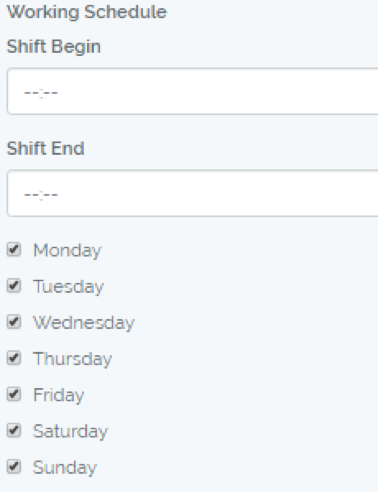When I see an opportunity for someone on my team to share an idea on one of our whiteboards, I get excited knowing that knowledge is going to be shared and lead to discussion. I’ve found that both complex and simple topics benefit from visual representations. It helps keep conversion structured, flowing, and is an interactive visual aide that several people can actively take part in.
In this article, I attempt to explain my experiences with flowcharts and diagrams. At some point in the future, I would like to do a deep dive into a variety of diagrams. My goal in this article is to convince developers or managers to diagram more to avoid risks and friction within teams and projects.
My Experience
The junior developers that I help train and mentor can be overwhelmed by a new job, new technologies, real world experiences, and actual business domain. I find that explaining things in multiple formats is handy, as everyone learns differently and comprehends at different levels. Diagraming has been my favorite tool to use when working with others, especially junior developers. Diagramming allows us to break down topics into pieces that can individual explored and explained. We’re able to ask and answer questions back and forth to make sure that concepts are understood so that the tasks they are working on make sense and can be seen as valuable to the organization.
Diagramming also comes in handy when working with a team of managers each with over 15 years’ experience at a business over 40 years old. I’m still learning the processes and domain, and the managers can forget some things that go on in the business. When a process is changing and technology is being used, I like to document the existing process as well as I can with the help of the other managers. On a separate copy, I ask them to adjust (using different colors at least) the diagram to fit their intended objectives.
Luckily, by diagramming, we’ve simplified processes which were extremely helpful to understaffed departments. Simplification came from removal of steps that didn’t have value as well as automation with technology. In this organization, a few minutes of diagramming lead to happier staff members and higher quality of work.
